Is Fat Good for You? Everything You Need to Know About Dietary Fats
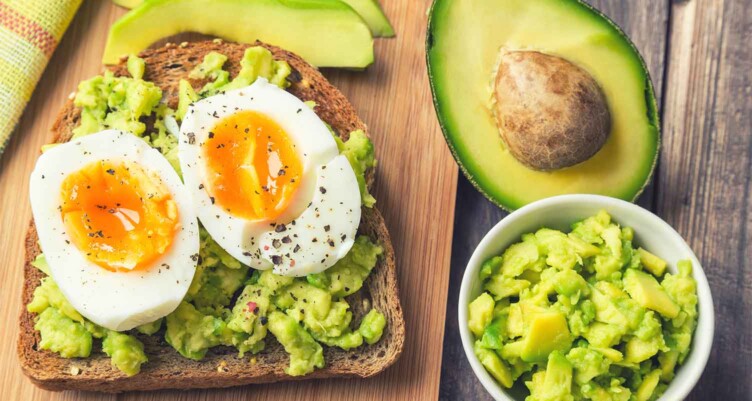
- There are four main types of dietary fats: saturated fats, monounsaturated fats, polyunsaturated fats and trans fats.
- Saturated fat has been the poster child for heart disease for decades. However, current research has found no link between saturated fat and heart disease.
- Grass-fed beef, dark chocolate, coconut oil, grass-fed butter, avocado and egg yolks are the best food sources of healthy fats.
Historically, saturated fat has gotten a bad rap. In the 1960s, a campaign from the sugar industry paid scientists to blame saturated fat—not sugar—as a significant cause of heart disease, which spooked people.[1][2]
But here’s the skinny on fat: It’s necessary for the body to function correctly. It’s one of the three macronutrients, alongside carbs and proteins. Healthy fats are needed to fuel your brain, keep you full and support your hormones.[3] Read on to learn everything you ever wanted to know about dietary fats and whether fat is good for you.
Types of Fats
Most fats you eat are triglycerides — molecules composed of glycerol (an alcohol) and fatty acids.
There are different types of fats, and they all behave differently in your body. Most of these differences come down to their chemical structure.
Saturated Fats

A tightly packed fat with no double bonds between the carbon molecules. After decades of a bad reputation, you may wonder, “Are saturated fats good for you?” The answer is yes — current research debunks past claims that saturated fat causes heart disease. Saturated fat is the most stable fat, meaning it’s least likely to be damaged by oxygen (aka oxidized). Oxidized fats accelerate aging, cause inflammation in the body and make weaker cell membranes.[4] Examples of saturated fats include grass-fed butter, cheese and animal products.
Monounsaturated Fats
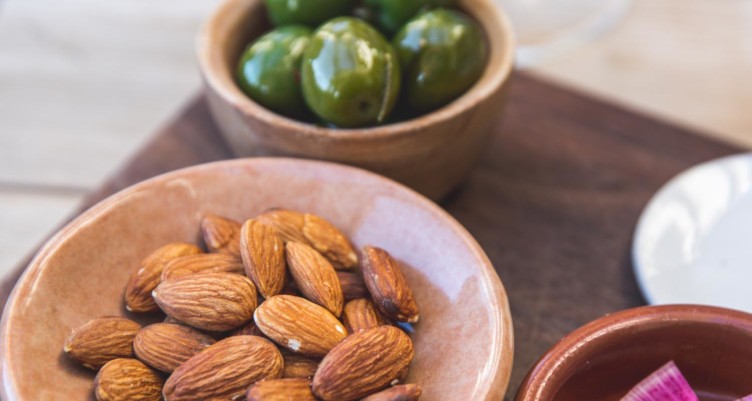
Monounsaturated fat has one unsaturated carbon bond per molecule.[5] It consists of animal-based and plant-based monounsaturated fats. It is the second most stable fat after saturated fat. Monounsaturated fats are liquid at room temperature but may turn solid when chilled. Examples of monounsaturated fats include olive oil, avocados and almonds.
Polyunsaturated Fats
Polyunsaturated fat contains more than one double bond in the molecule.[6] This heart-healthy fat includes two groups: omega-3 and omega-6 fatty acids. Both play a crucial role in heart and brain function. Examples of polyunsaturated fats include fatty fish, walnuts, and sunflower seeds.[7]
Omega-3 fatty acids
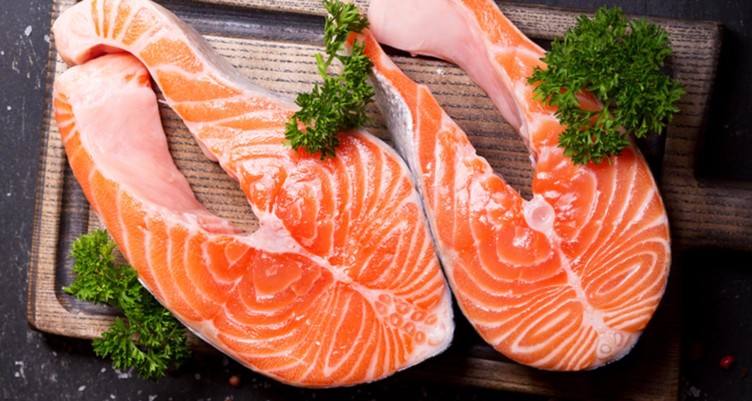
The best sources of omega-3 fats are wild salmon, sardines, anchovies, grass-fed beef and pastured egg yolks. Walnuts, flaxseeds, and chia seeds are also rich in omega-3s, but your body can’t easily absorb fatty acids from plants (more on that below). You can also supplement your diet with krill oil, which is more quickly and better absorbed by the body than other fish oil supplements. One gram of krill oil a day is good.
There are different kinds of omega-3s:
- EPA (eicosapentaenoic acid) and DHA (docosahexaenoic acid) – these are long-chain fatty acids, which means they have at least 14 carbon atoms in their tails, and both come from animal sources. Most fish oil supplements contain a combination of EPA and DHA, since they each carry benefits and complement each other.[8] EPA and DHA are especially important for pregnant and breastfeeding women — they’re essential to building and strengthening your baby’s brain.
- ALA (alpha-linolenic acid) – this is also a long-chain omega 3 fatty acid, with 18 carbon atoms in its tail. ALA comes mostly from plant sources. Most animals can’t use it, so their bodies convert it to more useful omegas such as EPA and DHA. Humans aren’t so good at doing this, and can only convert at most up to 9 percent of ALA to DHA and 13% to EPA.[9][10] That’s why foods high in ALA like chia seeds and flaxseed oil aren’t high on the list of Bulletproof-approved foods. You’re better off getting your EPA and DHA directly from animal sources.
Omega-6 fatty acids
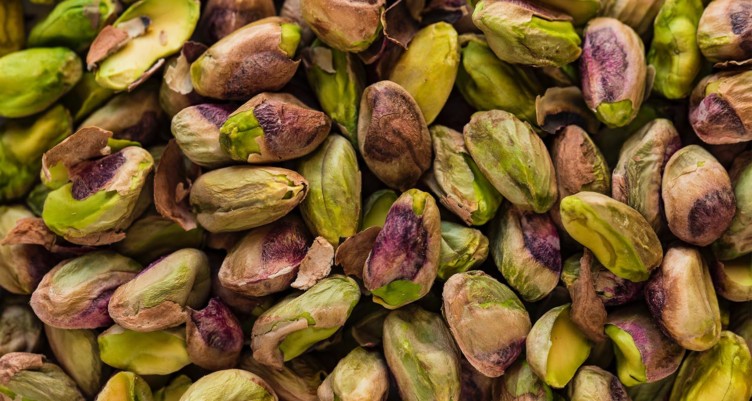
Omega-6 fats are found in most refined vegetable oils like sunflower and peanut oils, in poultry, as well as in certain nuts and seeds, like pumpkin seeds and pistachios. A little bit of omega-6 fat keeps your brain strong, grows your muscles, and stabilizes your blood sugar. But too much of this type of fat may negatively affect the body.
The most common type of omega-6 is linolenic acid, which the body converts into another fatty acid called arachidonic acid. Arachidonic acid builds molecules that promote inflammation (although it can carry benefits, like building cell walls).[11][12]
The right ratio
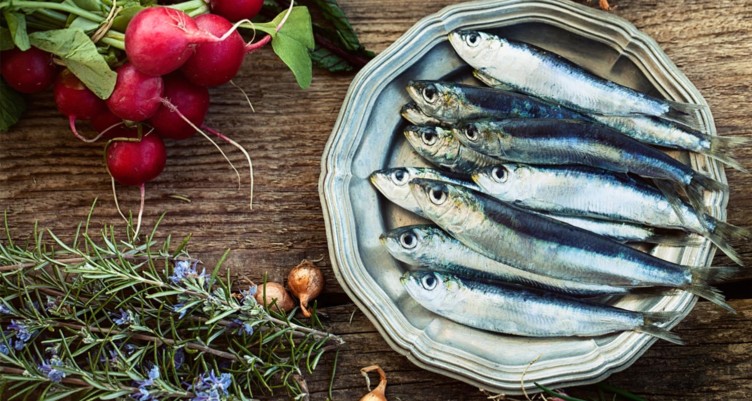
You need to have the right ratio of omega-3 and omega-6 fats, otherwise they end up competing for space in your body. The problem is, most Americans consume far too many omega-6s and not nearly enough omega-3s.
Ideally, you want to eat just enough omega-6s to get the benefits, but then balance that out with plenty of omega-3s. Learn more here about how to balance your omega-3 and omega-6 levels.
Most Western diets, including in America, contain a ratio that’s around 20:1, omega 6:omega 3.[13] That’s thanks to the prevalence of vegetable oils in the Western Diet. These oils, like corn and soybean oil, are inexpensive to produce, so food companies use them in processed goods like cookies, crackers, popcorn, and frozen pizza.
Other common foods on the menu, like poultry and various nuts and seeds, are also high in omega-6s. That’s why the Bulletproof Diet limits the amount of chicken and turkey that you eat, so your ratio can remain balanced.
It’s not easy knowing whether you’re getting the balance right. One way is to just cut way down on foods that you know are high in omega-6s, then ramp up the amount of omega-3 foods that you eat.
Trans Fats
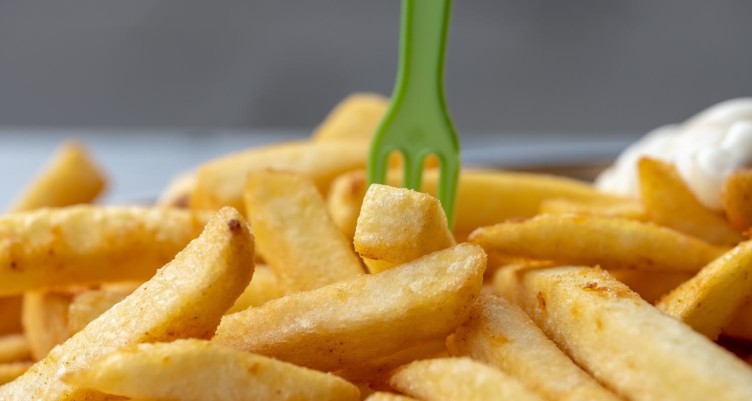
Trans fats form when manufacturers add hydrogen gas to vegetable oil to make it solid. These “bad” fats increase your bad low-density lipoprotein (LDL) cholesterol and lower your good high-density lipoprotein (HDL) cholesterol. It’s also highly inflammatory and raises your risk of stroke, heart disease and diabetes.[14] That said, some trans fats occur naturally in dairy and beef and don’t pose the same health risks as artificial trans fats.[15]
What are the Benefits of Healthy Fats?
When you eat quality fats — saturated, monounsaturated, and a bit of polyunsaturated — you’re doing all kinds of favors for your body and mind.
Is fat good for you? Here are some of the benefits of healthy fats:
Fat Strengthens Your Brain
Did you know that your brain is 60 percent fat?[16] It’s the body’s fattiest organ and needs plenty of good fats to keep running. Essential fatty acids — fats you only get from food — are the most important fats that grow and develop your brain, starting in the womb.[17]
Saturated fat is essential for brain function, too. A fatty layer of insulation called myelin covers brain cells, helping them communicate with one another via electrical signals.[18] When your myelin is weak, communication between your brain cells slows down. Saturated fat feeds myelin and keeps it solid and intact.
Fat May Help Keep the Weight Off
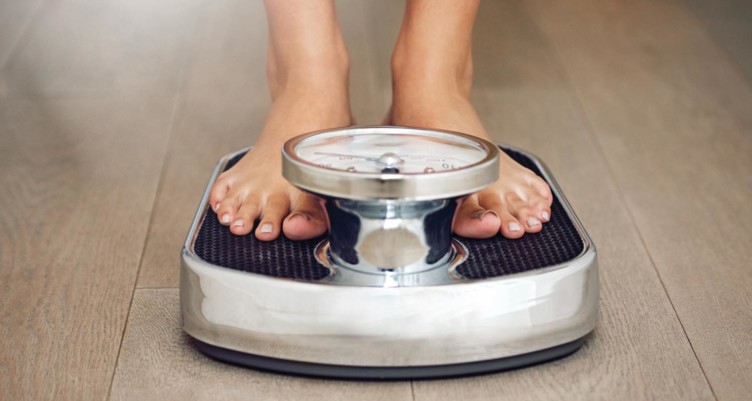
Low-carbohydrate diets may help you lose weight faster.[19] When you eat enough of the right kinds of fat without too many carbs, you teach your body to burn fat for fuel rather than glucose (aka sugar).
This process is known as ketosis, and it can help manage weight. Fat has another metabolic advantage: it doesn’t trigger the release of insulin like glucose does. Insulin is a hormone that controls your body’s fat storage. The more insulin your body produces, the more fat that gets stored.[20]
Fat Builds Cell Membranes and Makes Hormones
Fat is vital to keeping your cells healthy. That’s because fat helps make up the protective coverings surrounding every cell in your body. Two layers of fat called the lipid bilayer control what enters and leaves the cell and give it structure.[21]
Fat also builds sex hormones like testosterone and estrogen.[22] Your hormones can get out of whack when you don’t eat enough fat.
When women get too thin, for example, they sometimes stop getting their period; fat produces estrogen which keeps you fertile. Fat also releases leptin, which prevents overeating by telling your brain when you’ve eaten enough to satisfy your energy needs.
Fat Keeps You Happy

Since fat makes you feel full for longer and maintains steady blood sugar, you won’t be left feeling “hangry” and grappling with energy crashes throughout the day. Fats are also crucial to keeping your mood stable. A 2023 study suggests that eating fatty fish may be a natural mood-booster.[23]
In the study, researchers analyzed data from 11,485 Spanish university students. They found that students who regularly ate fish were significantly less likely to be depressed.
Fat Makes You Feel Full Longer
When it comes to food, fat brings the flavor — and the fullness. Though not as satiating as protein, healthy fats stabilize your blood sugar, freeing you up to power through your day without distracting cravings.
Think about how you feel after eating a baguette for lunch. Once mid-afternoon hits, you’re likely already starving again, digging through the fridge for a sugary snack. A lunch of wild salmon with vegetables and grass-fed butter does just the opposite, leaving you feeling satisfied until dinner.
Fat Enhances Nutrient Absorption
Some vitamins, like A, E, D, and K, are fat-soluble and need fat to be absorbed by the body.[24] Healthy fats carry these vitamins through the bloodstream and into the liver and body fat. They get stored there until the body needs them. A 2017 study found that people who ate salad with oily dressings absorbed micronutrients like vitamins E and K better than people who ate salads without oil.[25]
Healthy Fats Are Good for Your Heart
For decades, experts promoted a high-carb, low-fat diet as “heart healthy,” yet Americans kept gaining weight, and heart disease rates soared. That’s because when you stay away from fat and eat lots of carbs, you raise your blood sugar, which increases your risk of coronary artery disease.[26]
Research has found that a diet high in mono- and polyunsaturated fats (nuts, cooking oils and fatty fish) has heart-healthy benefits, such as cholesterol control.[27]
How Much Fat do You Need?
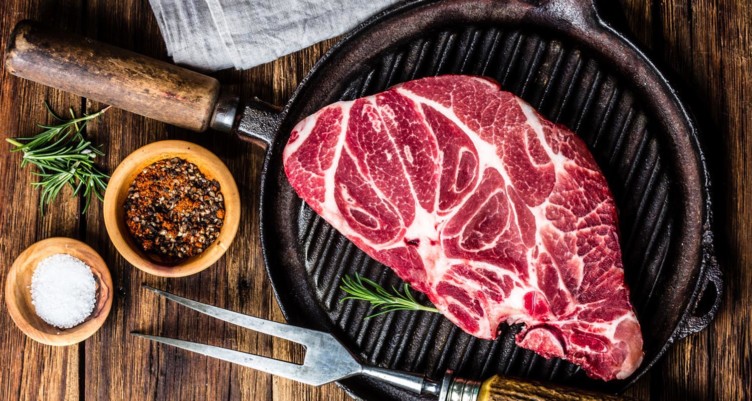
The Dietary Reference Intakes recommends that adults consume 20 to 35 percent of their calories from fat.[28] However, this exact number varies depending on your weight, how much you exercise, your genes and your hunger levels.
The number can also depend on your diet. If you’re following a high-fat diet such as keto, the goal is to increase the number of healthy fats consumed daily. Fats are the cornerstone of the Bulletproof Diet, which requires healthy fats to make up between 50 and 70 percent of your total calories daily.
Men should consume at least 120 to 150 grams of fat (8 to 10 tablespoons) daily, while women should aim for 90 to 120 grams (6 to 8 tablespoons).
What are the Healthiest Fats to Eat?
Once you embrace fat as a friend, not a foe, it’s time to narrow down the best ones to eat. After all, no fats are created equal. There are “good” fats and “bad” fats. Trans fats are labeled as “bad” because they contribute to weight gain and cardiovascular problems.
Examples include ice cream, pastries and soda. You should regularly consume monounsaturated or polyunsaturated fats, considered “good” fats.
Here are seven sources of healthy fats to load up on:
Fatty Fish
When the sugar industry said that fat is bad for you, people believed it was hook, line and sinker. The body needs the correct ratio of omega-3 and omega-6 fats and eating fatty fish at least twice a week is an excellent way to do that. The best fish sources of omega-3 fats are wild salmon, sardines and anchovies.
Not a fish lover? You can supplement your diet with fish oil. The benefits to the heart are a particular standout. Research has found that fish oil may help with blood pressure and the risk of developing an irregular heartbeat (arrhythmias).[29][30]
You can also supplement your diet with krill oil, which the body absorbs more quickly and effectively than other fish oil supplements. Aim for one gram of krill oil per day.
Grass-Fed Beef
Beef your health with grass-fed beef, meat from cattle that eat grass. Compared to traditional grain-fed beef, grass-fed beef and steak contain high omega-3 fatty acids. These are essential fatty acids that the body can’t produce.[31]
The three main types include EPA (eicosatetraenoic acid), DHA (docosahexaenoic acid) and ALA (alpha-linolenic acid). When consumed regularly, these fatty acids can help with triglyceride levels (high levels can increase the risk of heart attack and stroke).[32]
High-Quality Dark Chocolate
You already know that the flavor profile of dark chocolate is decadently good. But what about the health profile? Cocoa butter makes up most dark chocolate and contains several fatty acids: oleic (also primarily found in olive oil), stearic, and palmitic acid.[33]
Oleic acid, in particular, is known for its heart-healthy benefits. It may help with cholesterol and play a role in weight management.[34] Remember that chocolate is a high-calorie treat containing sugar and fat. For this reason, be sure to eat it in moderation.
MCT (medium chain triglycerides) oil is a dietary supplement made from coconut or palm oil, two forms of saturated fats. It has shorter chain lengths than other forms of saturated fats. This helps the body digest it quickly and use it as an immediate energy source.[35]
Coconut Oil
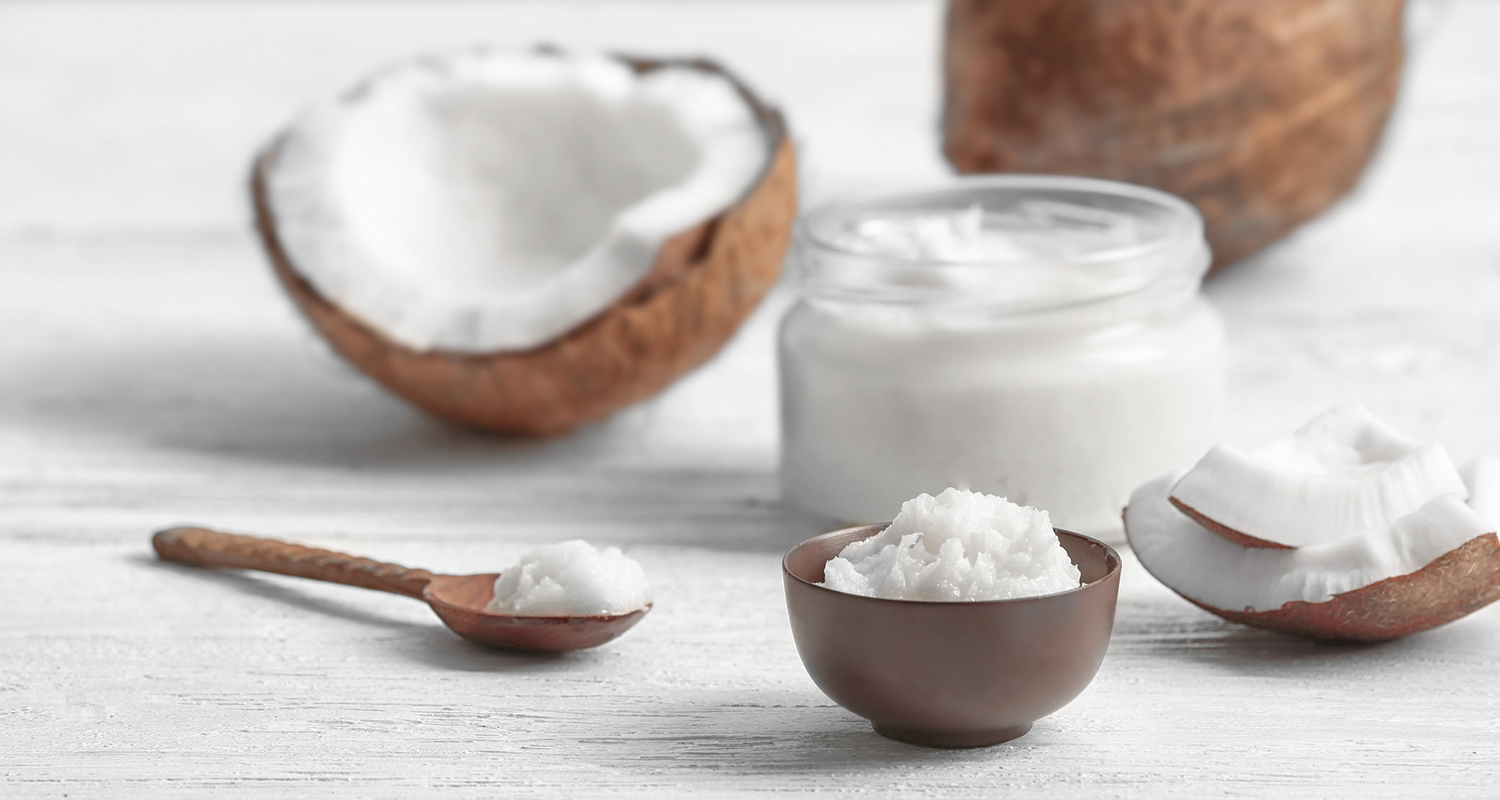
Coconut oil existed before MCT oil rose in popularity (especially among keto dieters). Comprised of 60 percent MCTs, coconut oil is the OG of MCTs. People use it for everything, from applying it to the skin to adding it to the hair to cooking.
Unrefined coconut oil has a smoke point of 350 degrees, making it a good choice for baking. Although more processed, refined coconut oil is better for higher temperatures since it’s less susceptible to heat damage.
Grass-Fed Butter
If you want butter to be part of a healthy diet, consider switching to grass-fed butter. These golden bars are full of antioxidants and vitamin K2, which may help with a healthy heart.[36]
Research shows that grass-fed butter contains more fatty acids than regular butter. These include fat-burning conjugated linoleic acid (CLA) and butyrate, a short-chain fatty acid that strengthens the gut and the brain. Mix it into your Bulletproof Coffee or melt it over steamed vegetables at lunch.
Avocado
Many confuse avocado for a vegetable, but it’s a fruit. There is, however, no debate over whether avocado is healthy for you. Most of the fat in these green goddesses comes from oleic acid, a monounsaturated fatty acid.[37] This can help with cholesterol levels and promote good cholesterol.
Though avocados contain more calories than some fruits and vegetables, the jam-packed healthy fats and fiber help you stay full longer. Best of all, there are so many delicious ways to enjoy them. You can slice them and add them to toast, squish them into guacamole or add them to your morning smoothie.
Extra-Virgin Olive Oil
Extra-virgin olive oil adds an extra bit of everything. Extra production quality, extra antioxidants and vitamins and extra healthy fat. Extra-virgin olive oil contains the most monounsaturated fatty acids (about 75 percent by volume) out of other cooking oils.[38]
Studies have found that extra-virgin oil may reduce the risk of several chronic diseases, such as heart disease, type 2 diabetes and even some cancers, such as breast and colon.[39] You don’t have to be on the Mediterranean diet to make it a staple. Douse it on everything from salads to the cooking preparation of your favorite recipes.
Pastured Egg Yolks
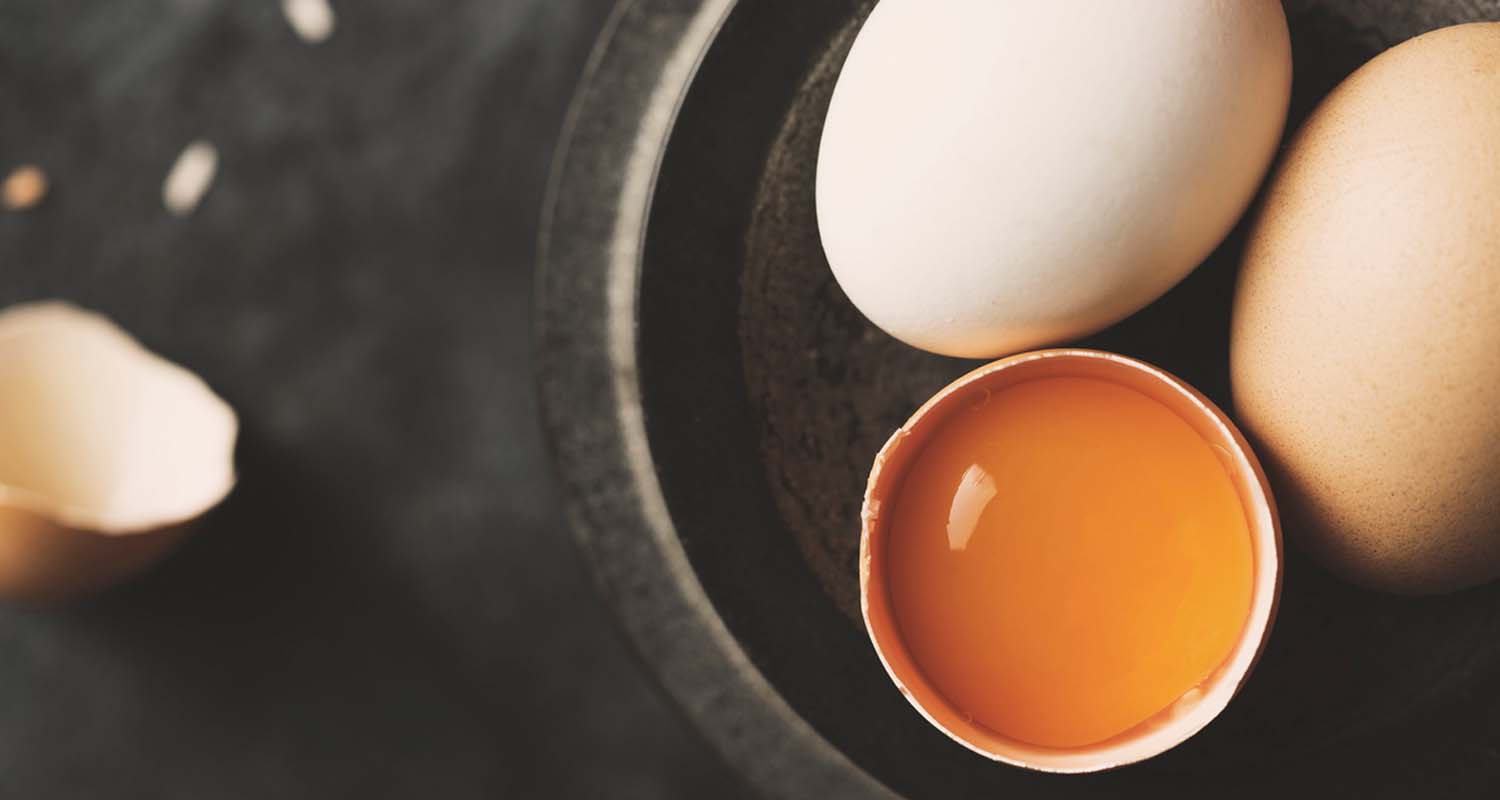
Both free-range and pastured eggs come from chickens with ample access to the outdoors. Penn State’s College of Agricultural Sciences took a crack at determining whether pastured eggs are healthier than conventionally raised caged chickens. They found that pastured egg yolks have twice the amount of omega-3 fatty acids than those from caged chickens.[40]
What Happens if You Don’t Eat Enough Fat?
Fat is an essential macronutrient part of a healthy, balanced diet. Fat provides the body with energy through calories.[41] They also help the body absorb vitamins A, E and D.[42]
If you don’t get enough fat in your diet, you may experience these symptoms:
- Fatigue
- Hunger
- Vitamin deficiencies
- Joint pain
- Dry skin
- Brain fog
Fat was deemed the enemy thanks to the low-fat craze of the ’80s and ’90s. You must eat lots of healthy fats to stay slim and perform at your best. They fuel your brain, keep you full, and support your hormones.
The goal is to choose the right fats. Healthy fats include grass-fed beef, dark chocolate, coconut oil, grass-fed butter, avocado and egg yolks. Avoid artificial trans fats, which are cheap to produce and may increase your risk of chronic disease. They are not confused with the beneficial fatty acids in some animal products.
Sign up for early access to sales, product launches, the latest Bulletproof news and more!



